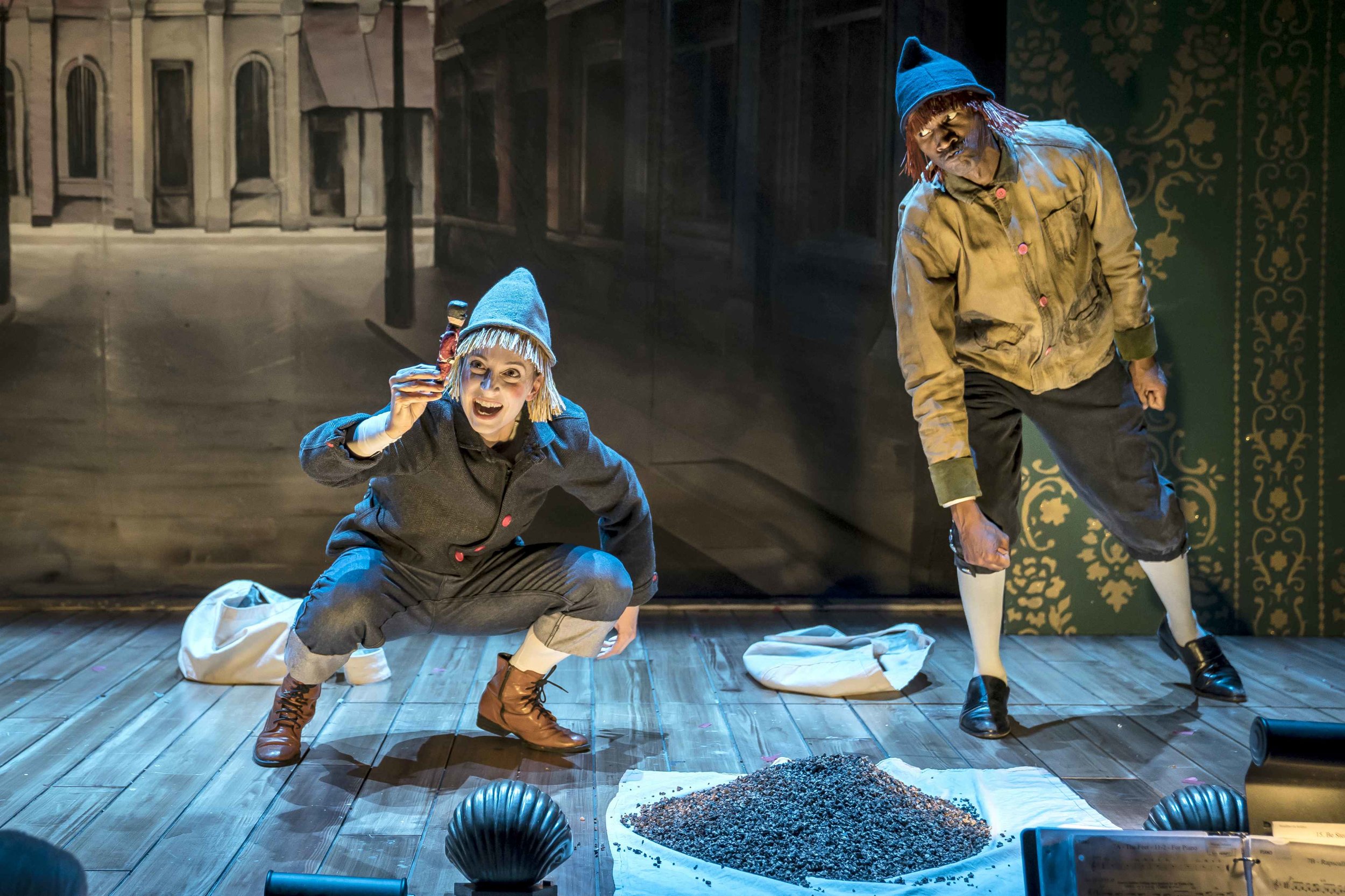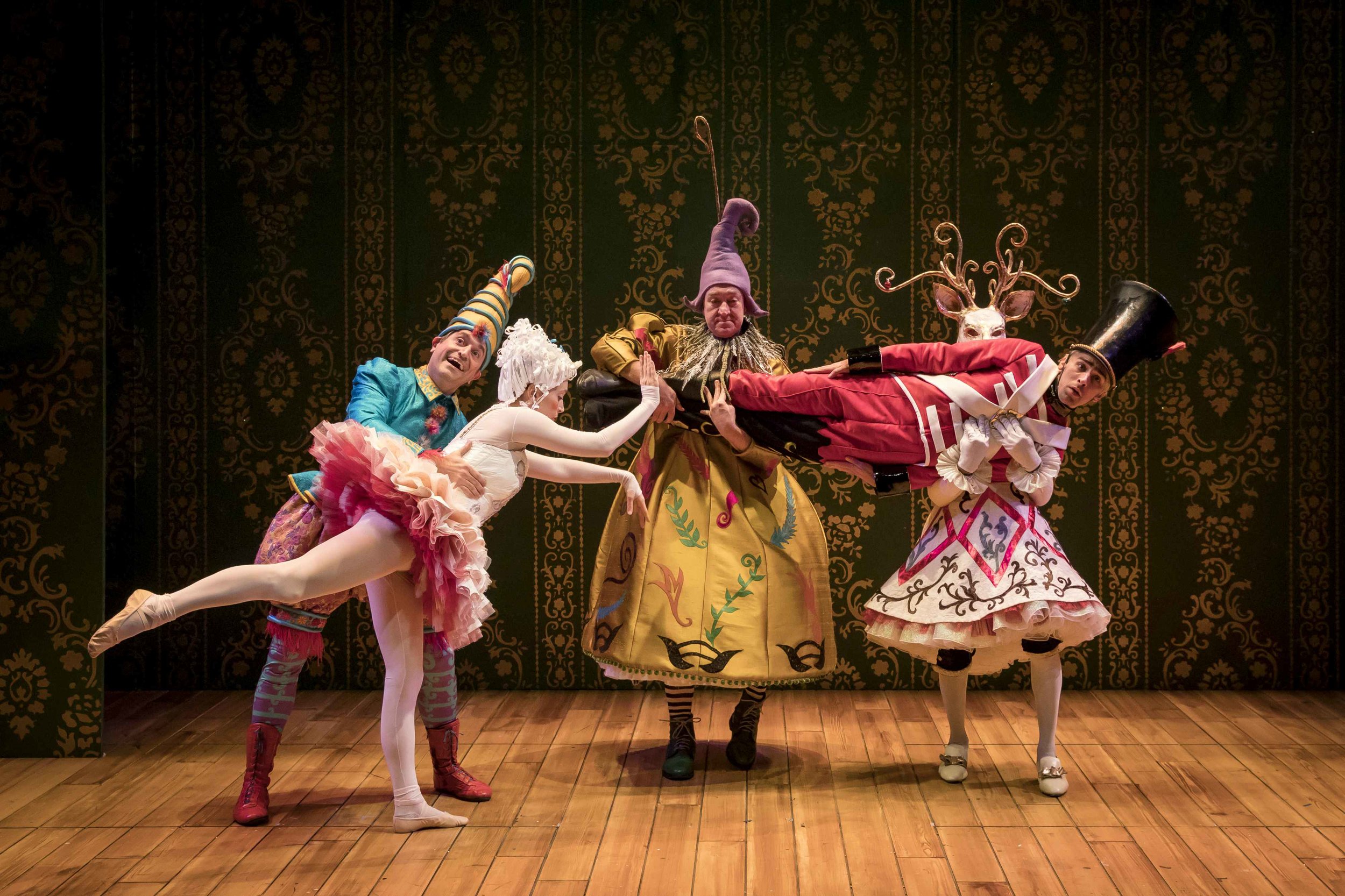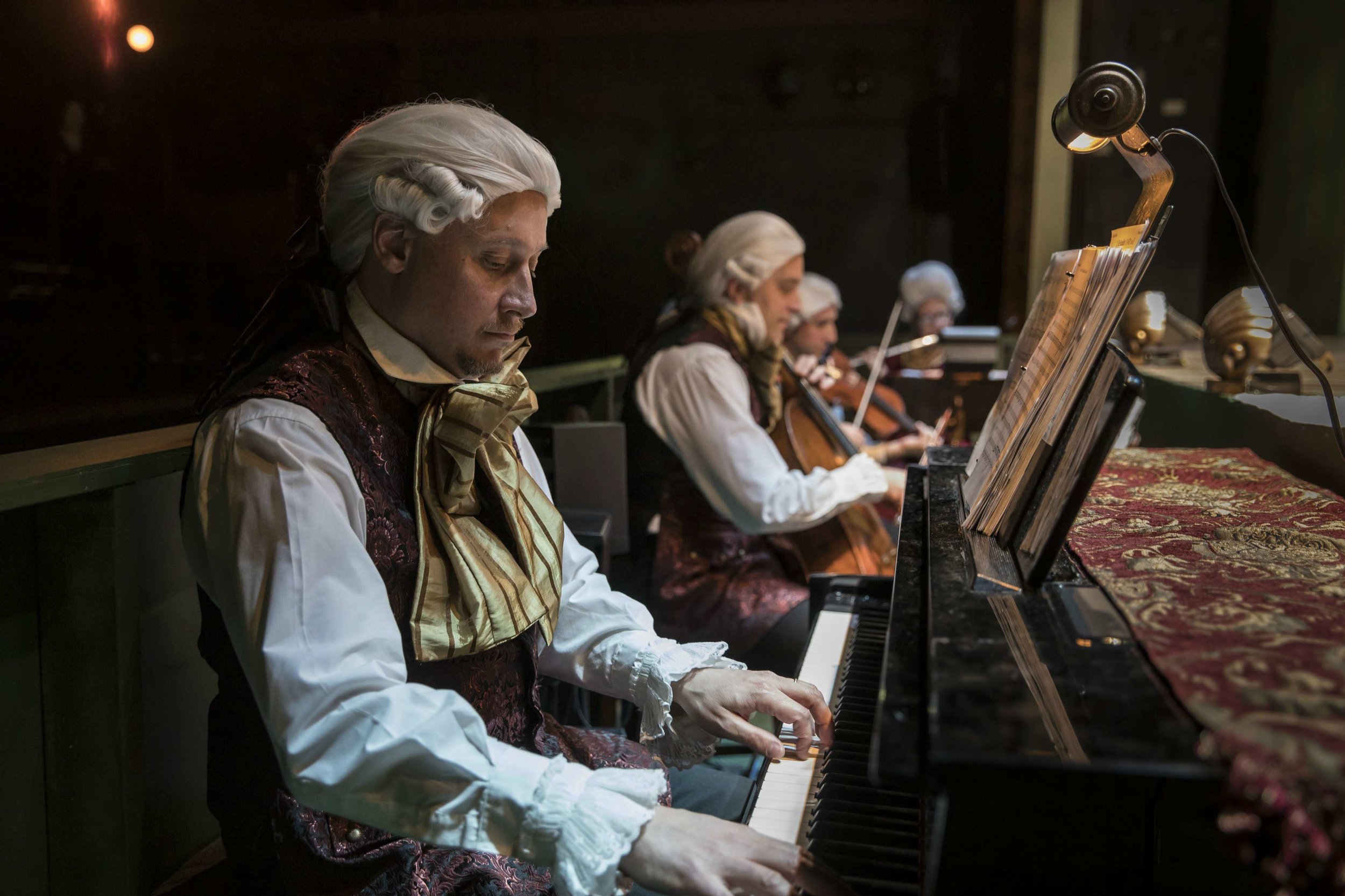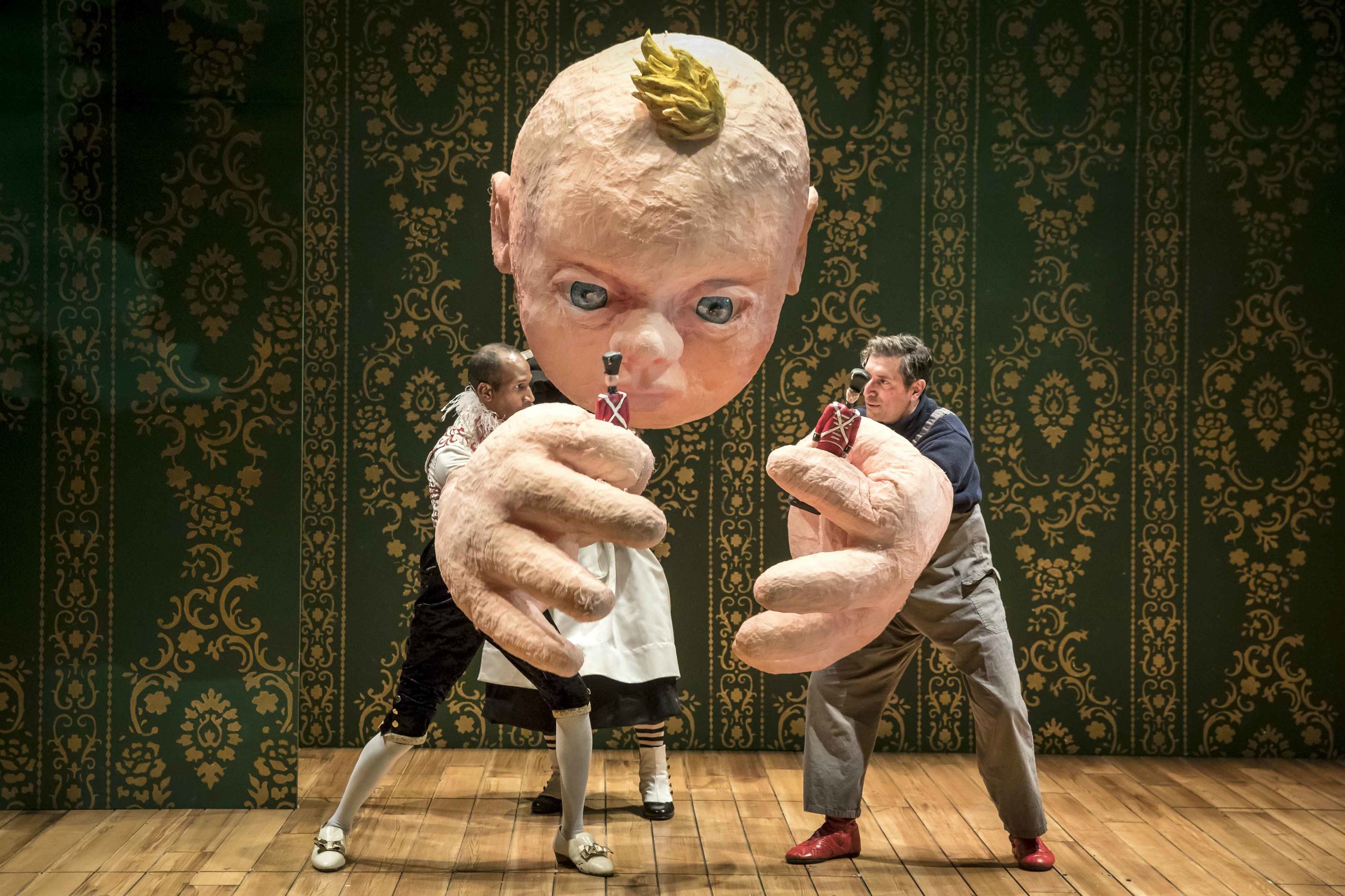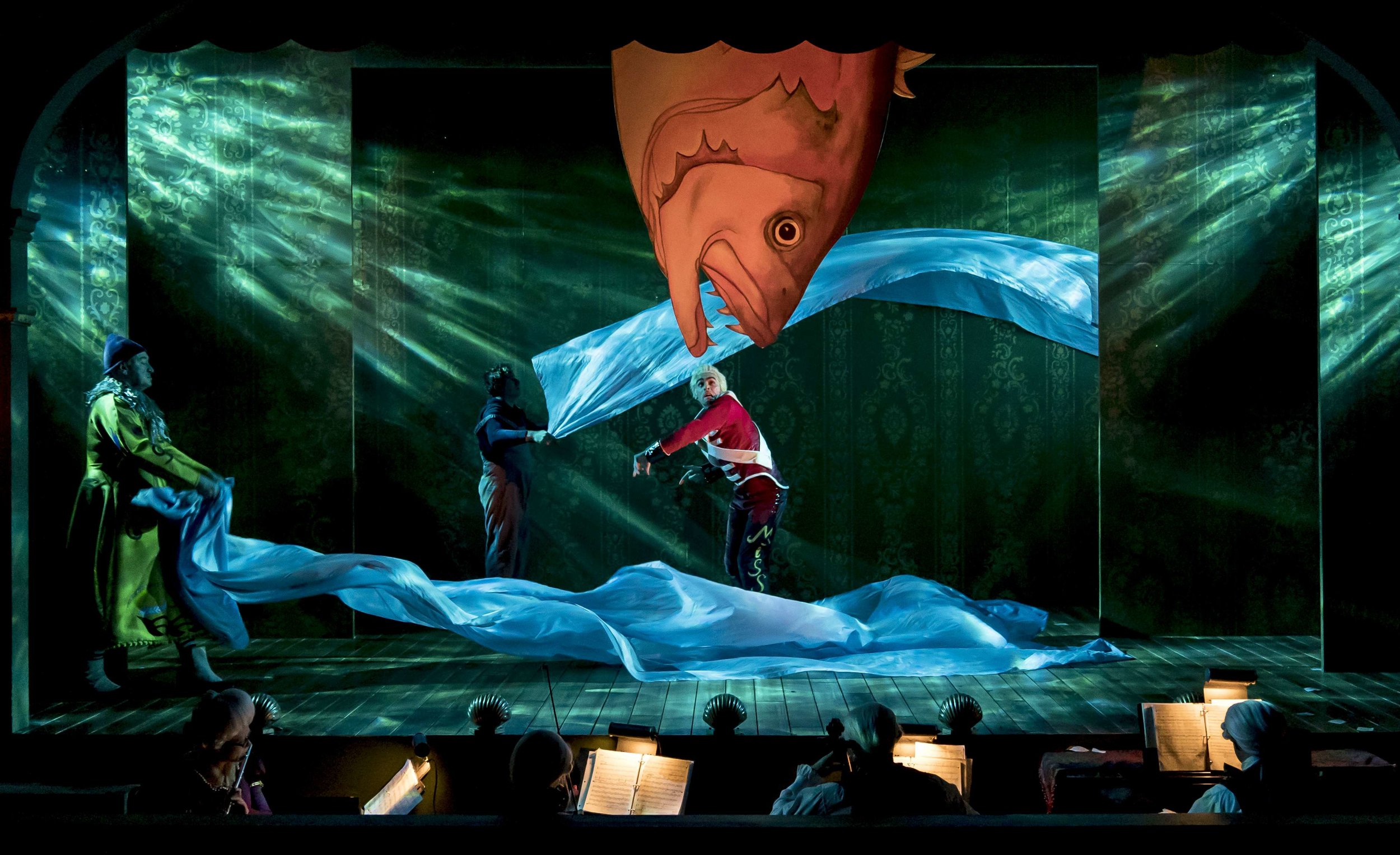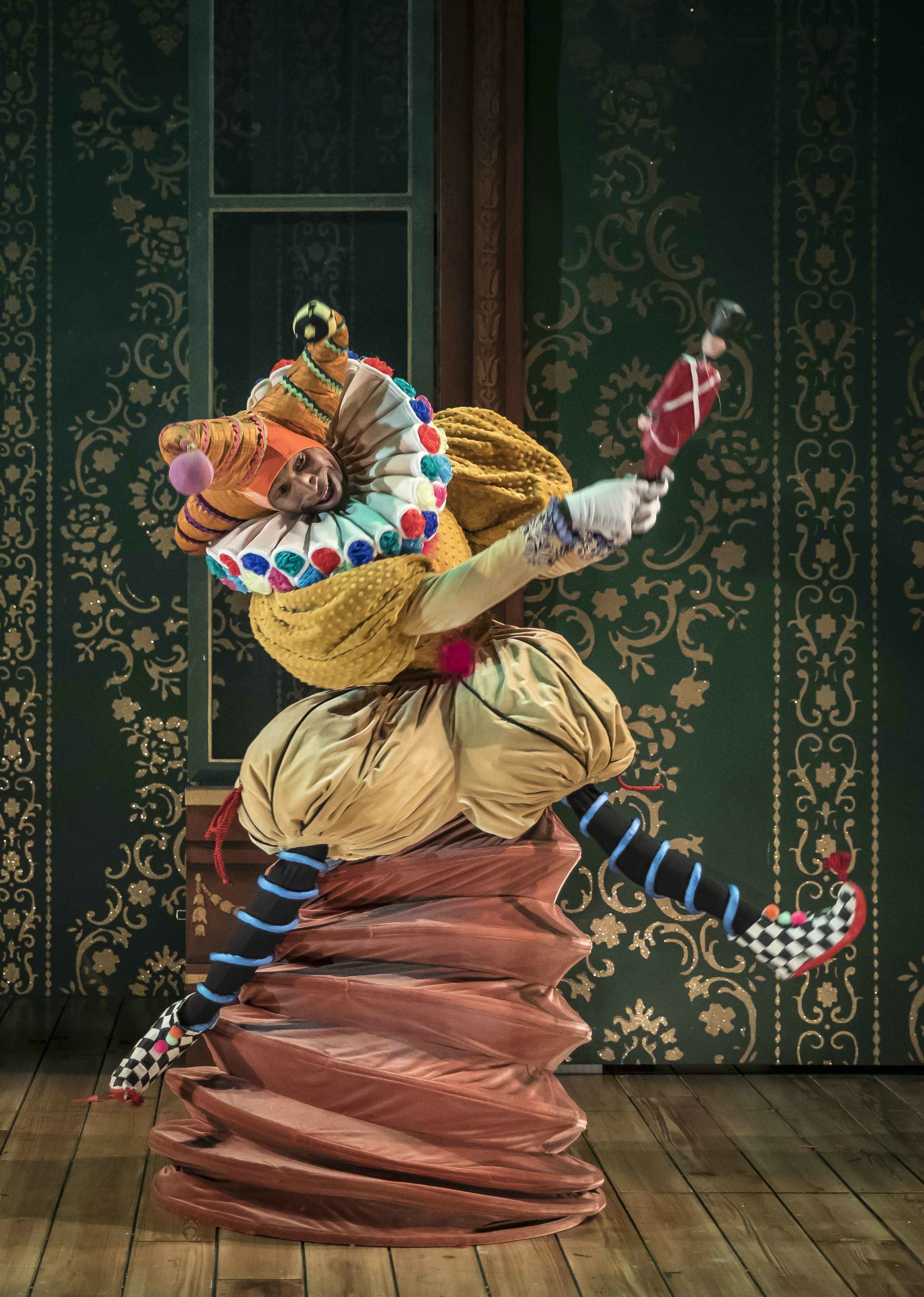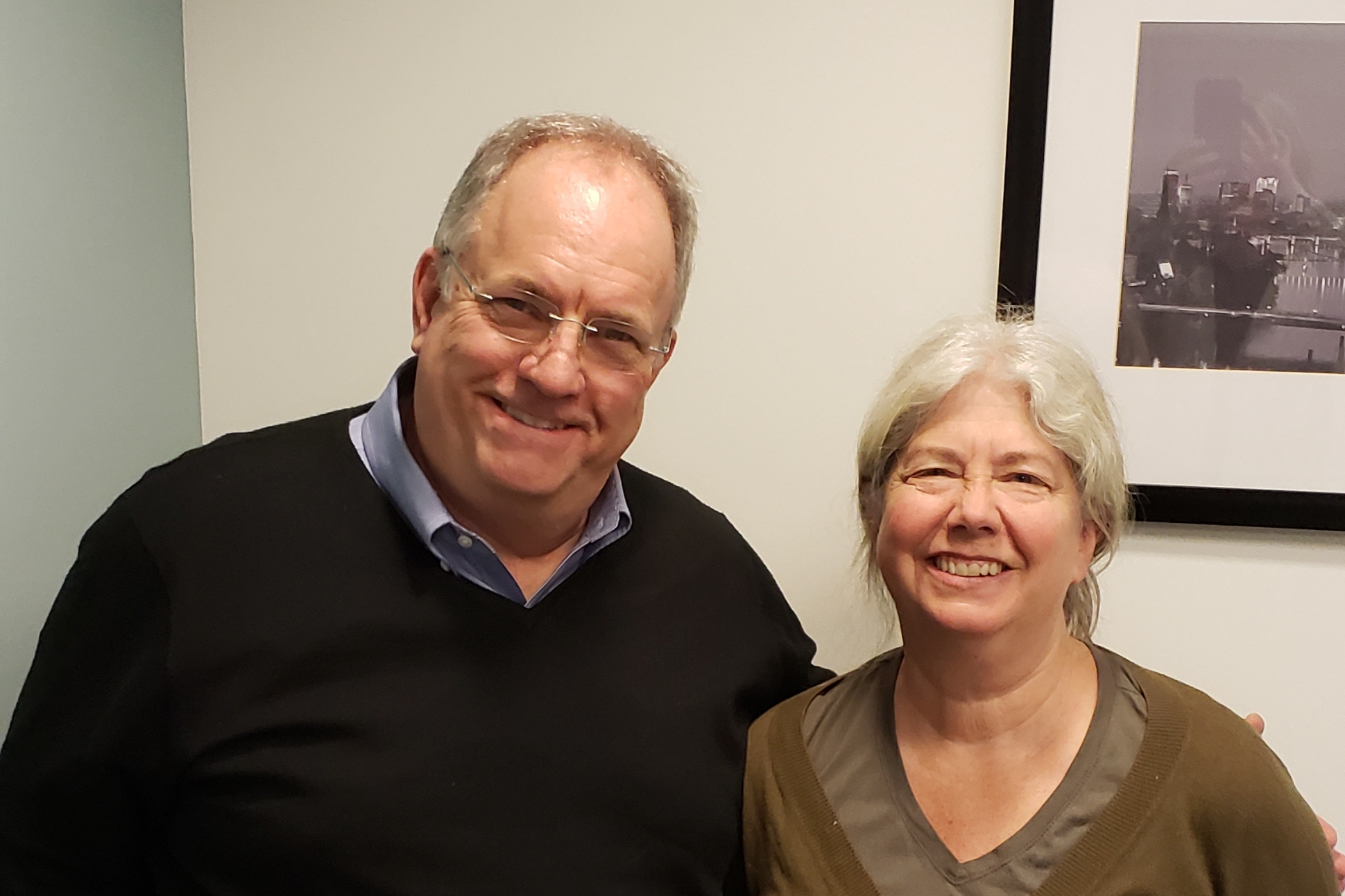MARY ZIMMERMAN - The Steadfast Tin Soldier
Lookingglass Theatre Company, one of Chicago’s iconic theatrical institutions known for original adaptations of Treasure Island, Moby Dick, Hard Times, and 20,000 Leagues Under the Seas is now presenting Mary Zimmerman's stunning new creation, The Steadfast Tin Soldier based on the Hans Christian Andersen children's story. In an extraordinary career that has spanned the worlds of theater and opera, Zimmerman received the 2002 Tony Award for directing Metamorphoses, which was developed at Northwestern University and first produced professionally by Lookingglass Theatre where she has worked for over 25 years.
Mary Zimmerman returns to Lookingglass this season with The Steadfast Tin Soldier, a love story between a toy soldier and a ballerina that plays out in pantomime and music. It was developed in collaboration with a top flight ensemble and creative team including composers, Andre Pluess and Amanda Dehnert, set designer Todd Rosenthal, costume designer Anna Kuzmanic and lighting designer T.J. Gerckens during the rehearsal process.
As we learned when we spoke between performances on December 12th, the process of presenting work at this level without the spoken word allows for amazing possibilities beyond our ability to imagine. There is much more in our delightful conversation about the creative spirit with one of Chicago's most celebrated and accomplished theater artists and directors, Mary Zimmerman. PODCAST
The Steadfast Tin Solider… “It follows the story of a little toy tin soldier who's missing a leg, how he gets sort of cast out of the house in which he is a present and all of his misadventures on the way back. … It's about steadfastness in the face of unwanted change and catastrophe, basically, and there is also a little bit of a love story… he's in love with the paper ballerina. … I came across this story by Hans Christian Andersen… set at the time of Christmas, a little boy gets a present …it feels like it's a Christmas present to me, and it interested me that it's the one story that Hans Christian Andersen entirely invented.”
Narrative voice… “When you're adapting something for the stage, you have to figure out what to do with the narrative, that narrative voice that is guiding the reader through everything. ‘Once upon a time there was…’ ‘Five years later he went…’ ‘When he went into the room…’ all the information and ideas of the themes of the book. Often, it is the quality of the narrative that we actually love – that narrator's voice – although it feels like our own voice inside our head. You have to figure out what to do with that voice. How are you going to get the incidents and thoughts of the characters across if you are in the dramatic mode when it is all supposed to be dialogue?… This story posed a particular problem because there was only one or two spoken-out-loud lines of dialogue and generally when you adapt something, things that go easily into adaptation have a lot of dialogue or they are posited as someone telling a story to someone else like Scheherezade in Arabian Nights.… So, I thought, how am I going to get this on stage? How am I going to get that narrative voice on stage? And then I thought to myself, what if I just don't? What if I just try and make it clear, make all the incidents happen, all the events happen. Make clear the emotions, the feelings, the arc of it, as you say, with no spoken language. And immediately when I thought of that obstacle, I was excited because a lot of things I've done have had a difficulty embedded in them and they make you really get inventive and really get visual.”
All favorite parts in one … “It's always the dance, the transition without music sections, or with music but without words sections that I have in all my shows that move into just the visual, just the aural, or the two of them together. They always remained fascinating and easy to watch. And I thought, this will be all that. It will be all my favorite parts. It will be easy to watch. And it is such a break for the audience because even though we are fluent in our own language and we don't think of it as a process, it is a laborious process to listen and to translate when we go to the theater. We don't speak ourselves for two and a half hours. We're taking in the argument of the play through words. When we don't have words, we settle into a more open space in our heads in which we can be associative ourselves, and our head is not colonized by the language of the play, which we are often very happy to have happen, but we also like that more childlike way of perceiving without language. And you know children have zero problem following things. There are a couple of tricky moments where you are like ‘What just happened?’ but the children are less puzzled than the adults because they are very well practiced in not understanding words the parents are saying and having to understand things on a more primal, observant, emotional level.”
Strong storytelling … “I never write my scripts in advance. I write them every night before going into rehearsal. I’m a day ahead of the actors, bringing them bits of script. … (For TSTS) I did a lot of work in advance, a lot of visual thought in advance, figuring things out in advance how it was going to work because I knew it would be dependent on it scenes and costumes in a little bit more than the usual way to be strong storytelling all the time.”
Importance of music … “I asked (composer Andre Pluess) to whip up a few things in advance and he came up with about eight scraps of music, a minute and a half to two minutes long … we started with this giant puppet, the way the show starts, and I was like, “Leandro (López Várady, music director/arranger), just play something.” And then he never stopped, like we just kept repeating the phrase and it was impossible to rehearse without that background music. It just lost so much. …It's most like a silent movie that has that constant score, but visually telling itself. Although unlike silent movies, we don't even rely on those occasional placards that say a few words. We don't really have that. We do have a few words, written words, but very, very few. The music is a phenomenal element.”
Creative people … “I storyboarded it visually in a way I never have before. And I hired the most creative people I knew to do it. They certainly do do it! … Alex Stein, who plays the steadfast tin soldier and only plays the steadfast tin soldier … everyone else plays multiple roles and it is one of those shows which at the end, when they take their bow, and there is only five of them, you are amazed. I always like that feeling. …There is a nursemaid (Christopher Donohue) a very tidy person who has a lot of impatience about toys being scattered around and so forth. There is a fishmonger (John Gregorio). There is a paper ballerina (Kasey Foster), very important. There is the goblin (Anthony Irons) who is one of the villains. There's a little brother who's another sort of villain. There is a mother and father, rapscallions, which I love … a rat. Everyone plays these parts. … so really gently creative. … all of them are just so phenomenal…. We have five people on stage, but we have four brilliant musicians in our little pit and they are absolutely integral to every second of this show. And they also signal such a generosity to the audience. I feel like this is a small thing, but we gave you an orchestra and powdered wigs and waistcoats and with big bows in their hair. …The show's only an hour long — it's 60 minutes almost exactly — so, when you say it is in a small, tiny space, it is. ... I wanted it to be ever blossoming, ever blooming, something new every couple of minutes. ... always visually arresting.” PODCAST
Comments have been edited for length and clarity.
PHOTOS|Liz Lauren
LOOKINGGLASS THEATRE COMPANY
presents
THE STEADFAST TIN SOLDIER
Conceived and Directed by Mary Zimmerman
From the Story by Hans Christian Andersen
through January 26, 2020
821 N Michigan Ave
Chicago
312.337.0665
TICKETS
WEBSITE
PODCAST available on iTunes, Libsyn and Stitcher
ARCHIVE DE USURIS BLOG EMAIL WEBSITE SUBSCRIBE


